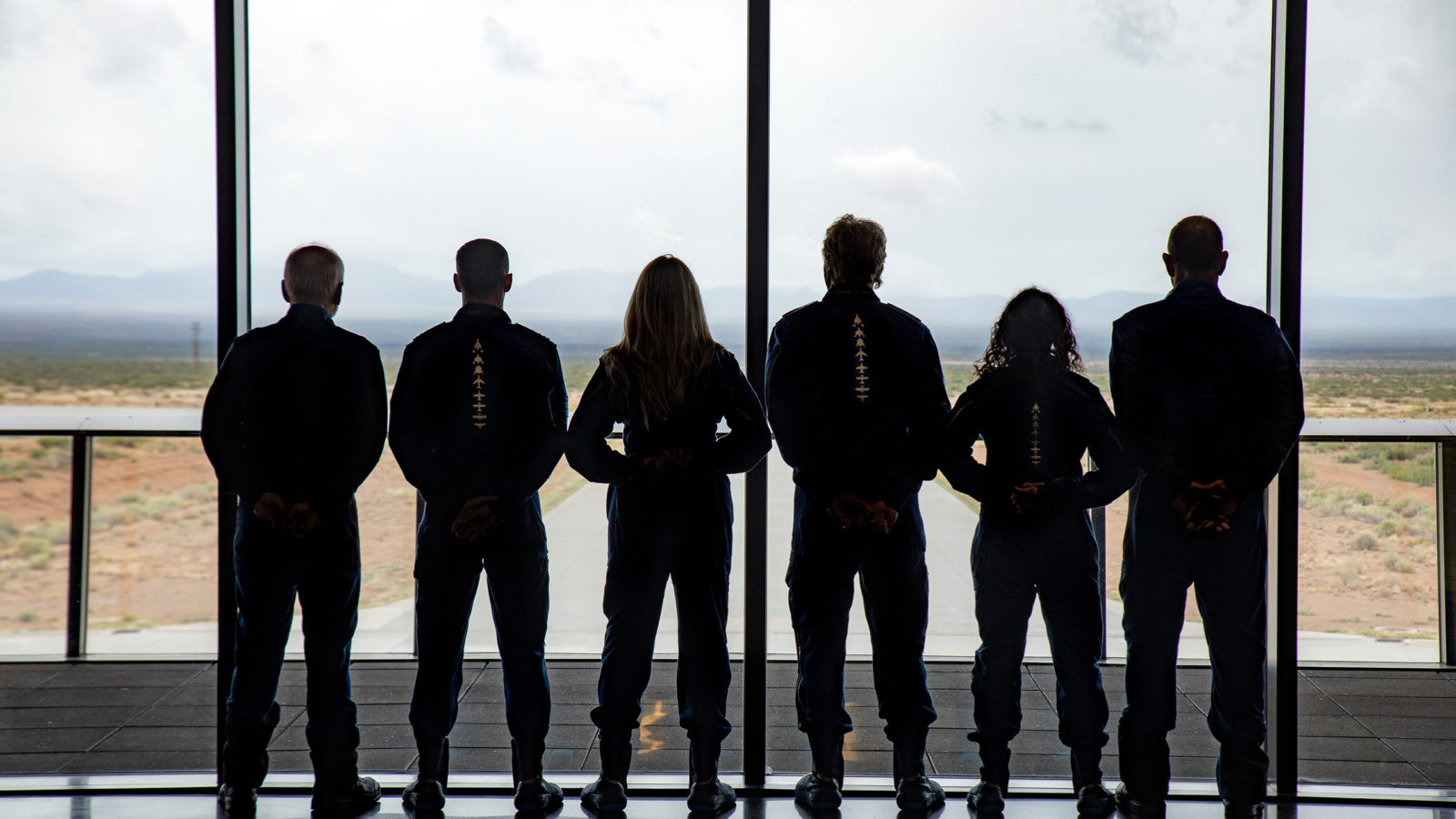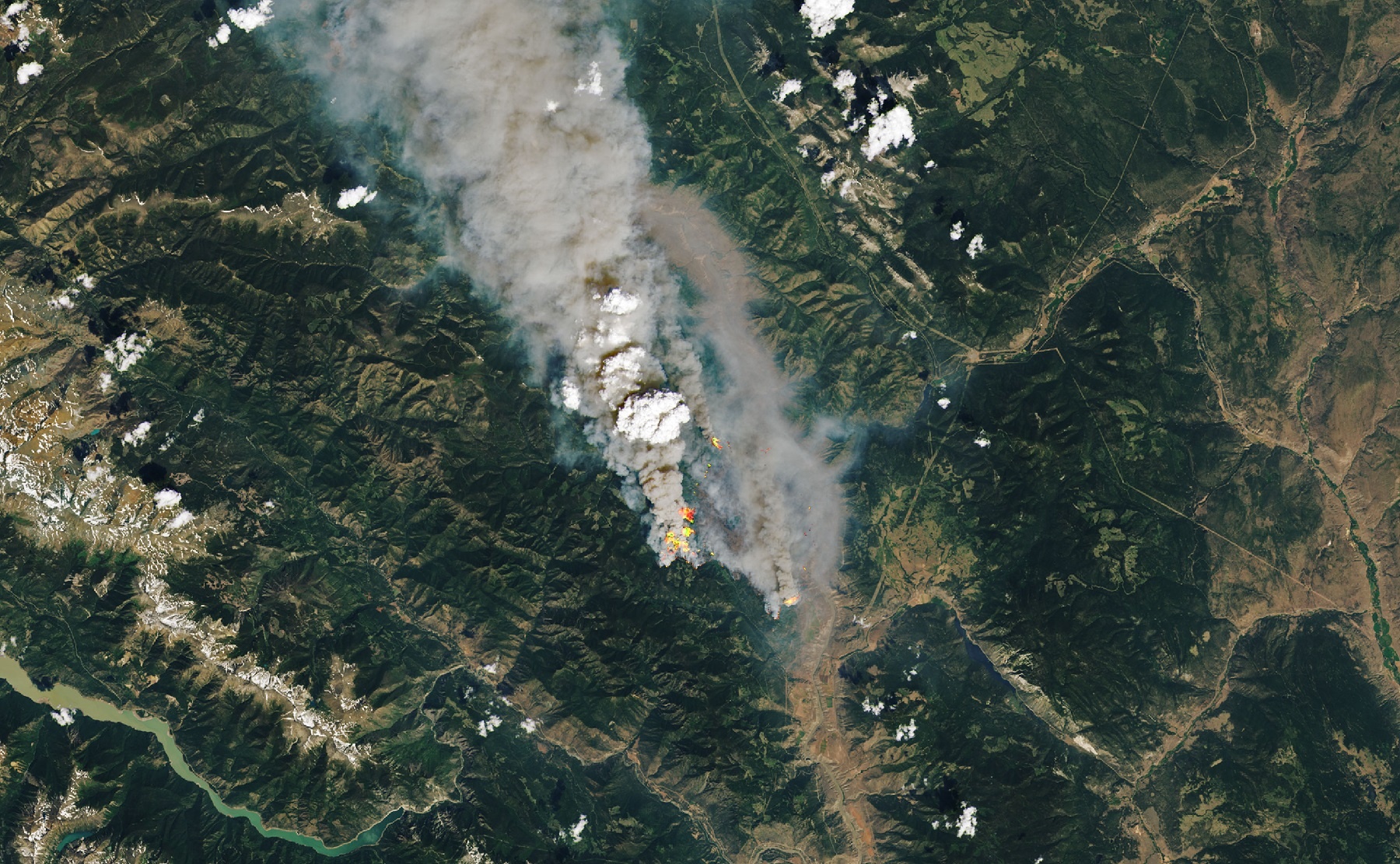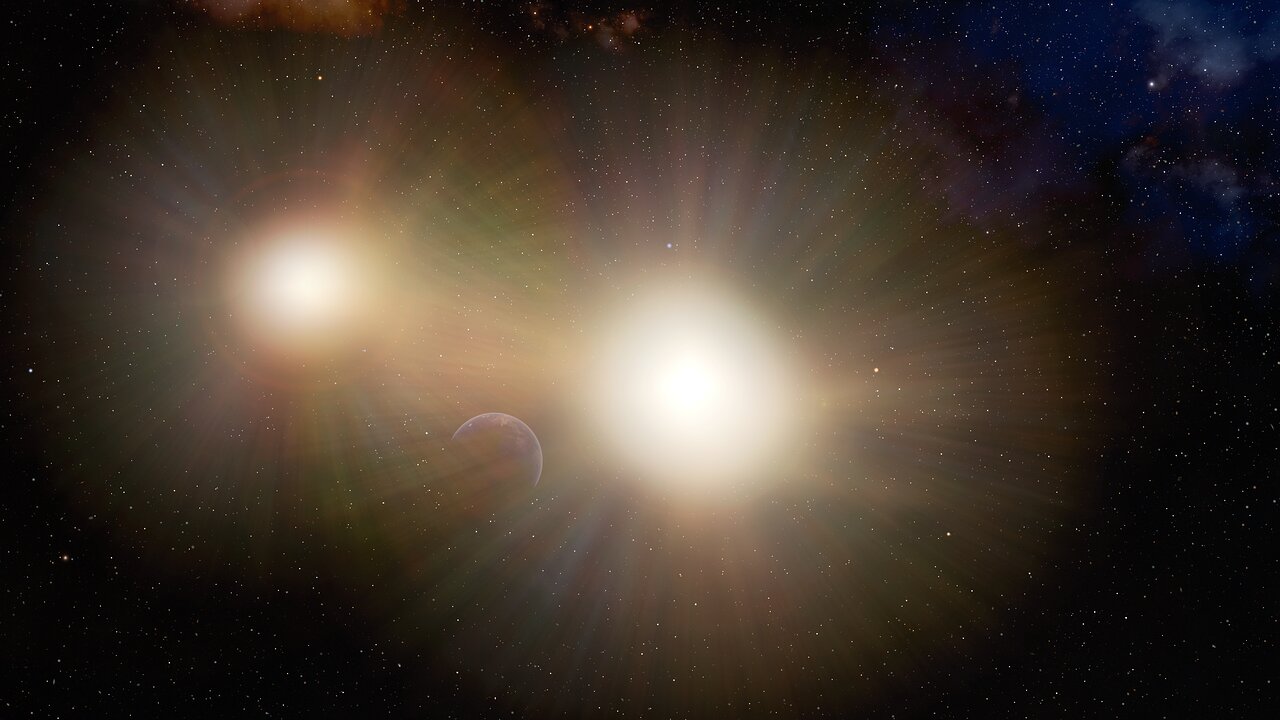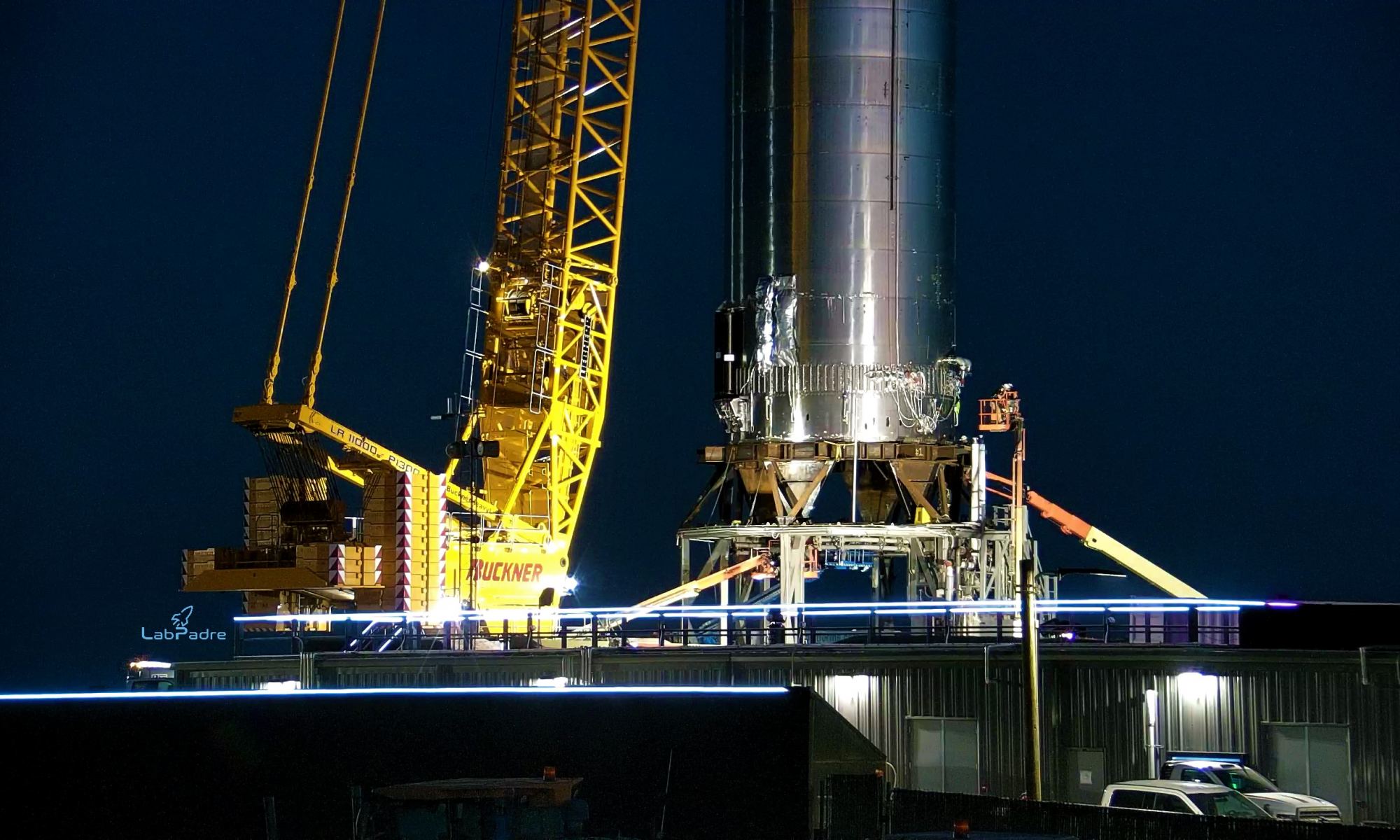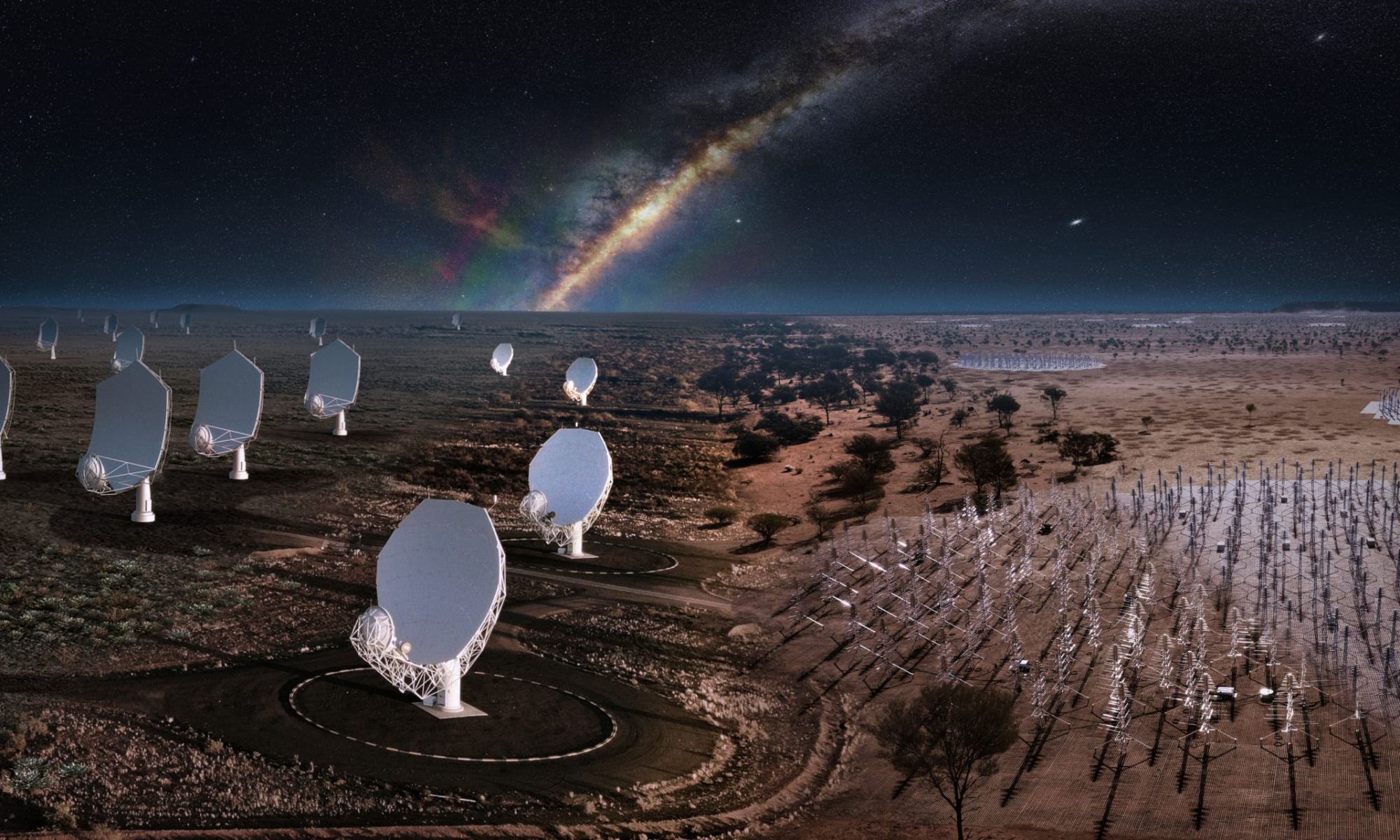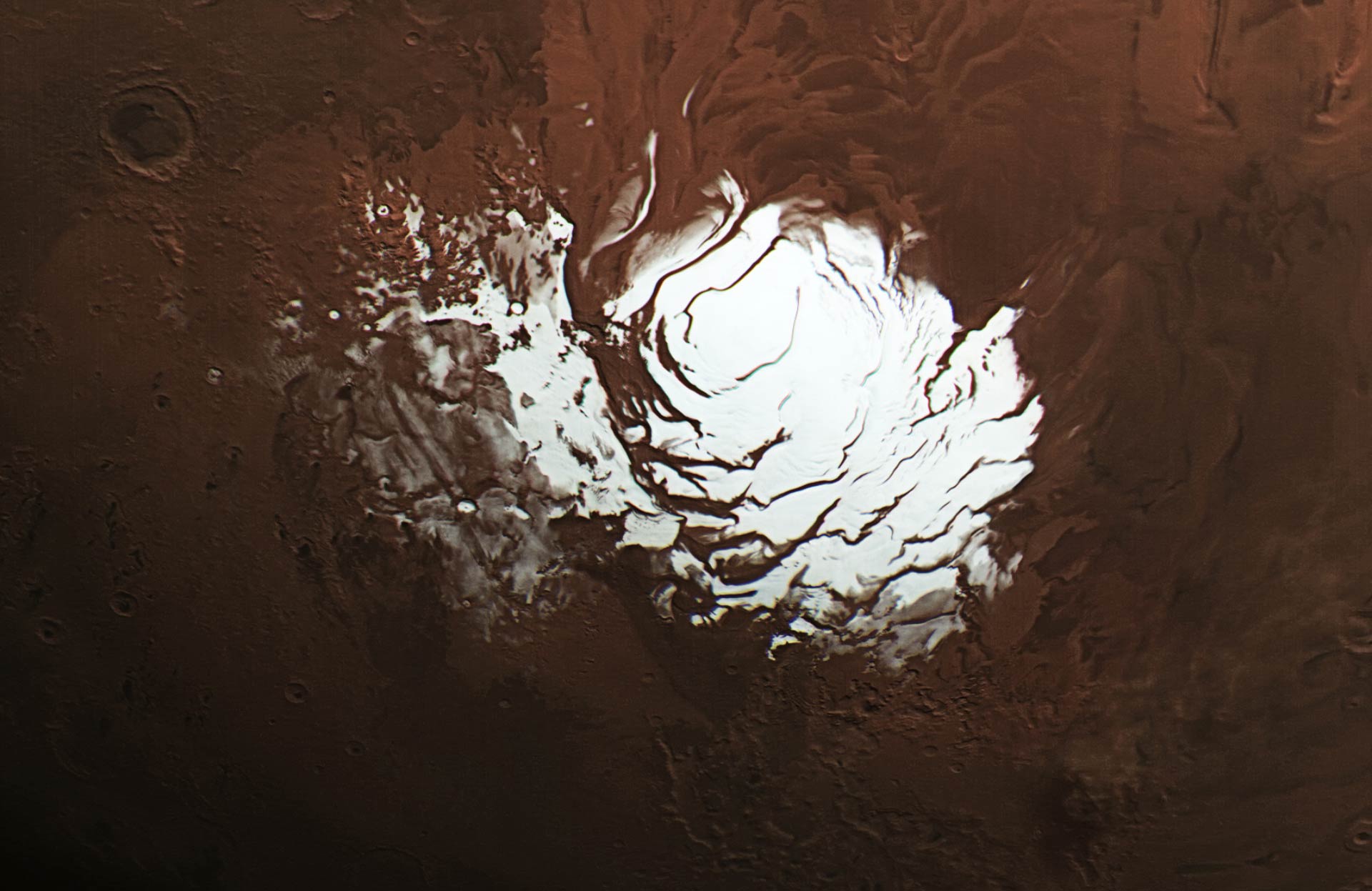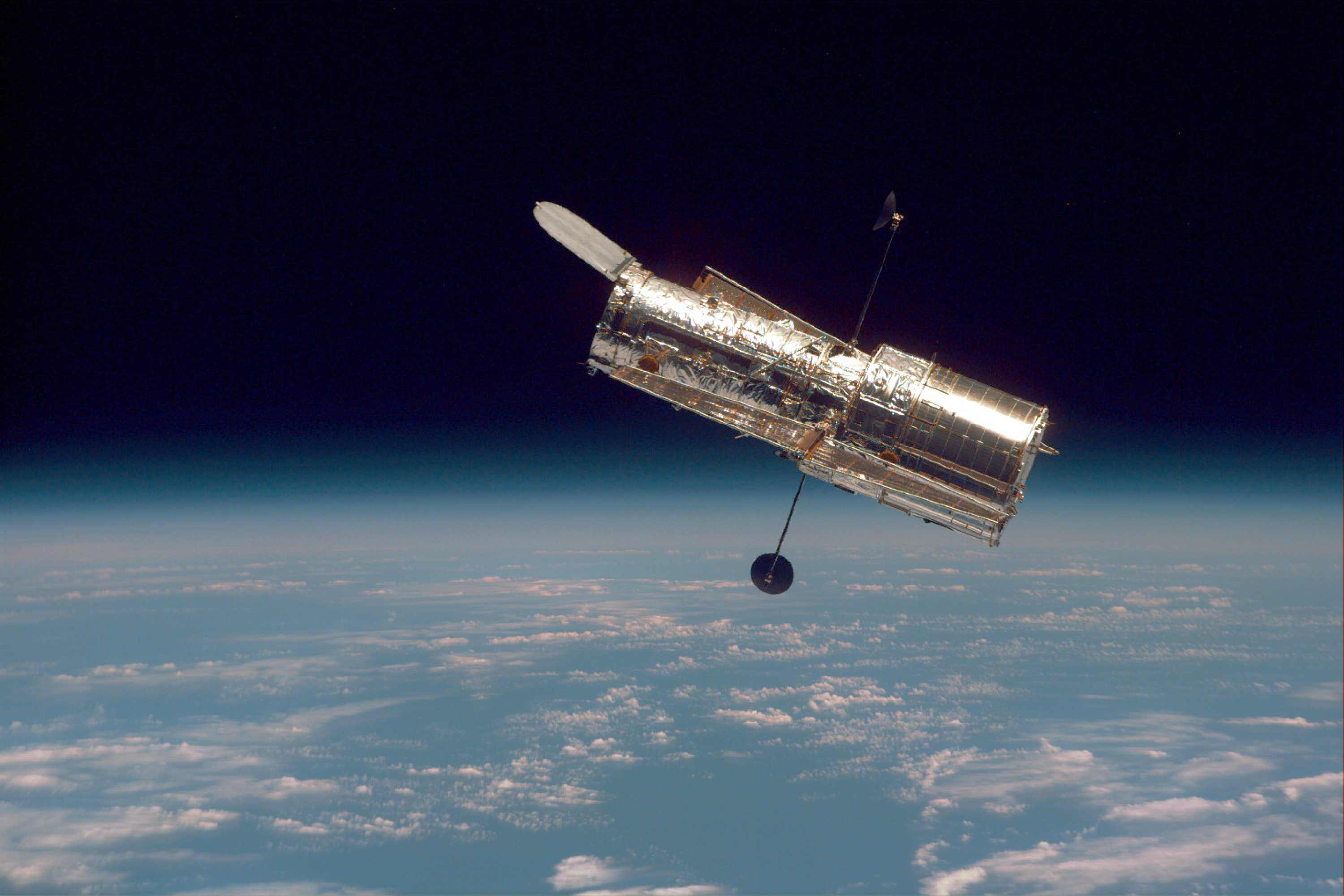It’s no secret that the commercial space industry (aka. NewSpace) has become immensely lucrative in recent years, nor the fact that it has become intensely competitive as a result. To illustrate, one needs to look no further than the top three NewSpace companies in the world right now: SpaceX, Blue Origin, and Virgin Galactic. Between these three companies, all founded by billionaires with similar visions, a new space race has begun.
In recent months, the race has intensified as Jeff Bezos announced that he would be going to space on the inaugural flight of the New Shepard rocket. In response, Virgin Galactic founder and CEO Richard Branson announced earlier this week that he would fly aboard the VSS Unity as it makes its latest test flight. If successful, this mission – scheduled for Sunday, July 11th (weather permitting) – will see Branson become the first billionaire to go to space.
Continue reading “Richard Branson will fly on SpaceShipTwo this weekend. Welcome to the New (Edge of) Space Race!”
